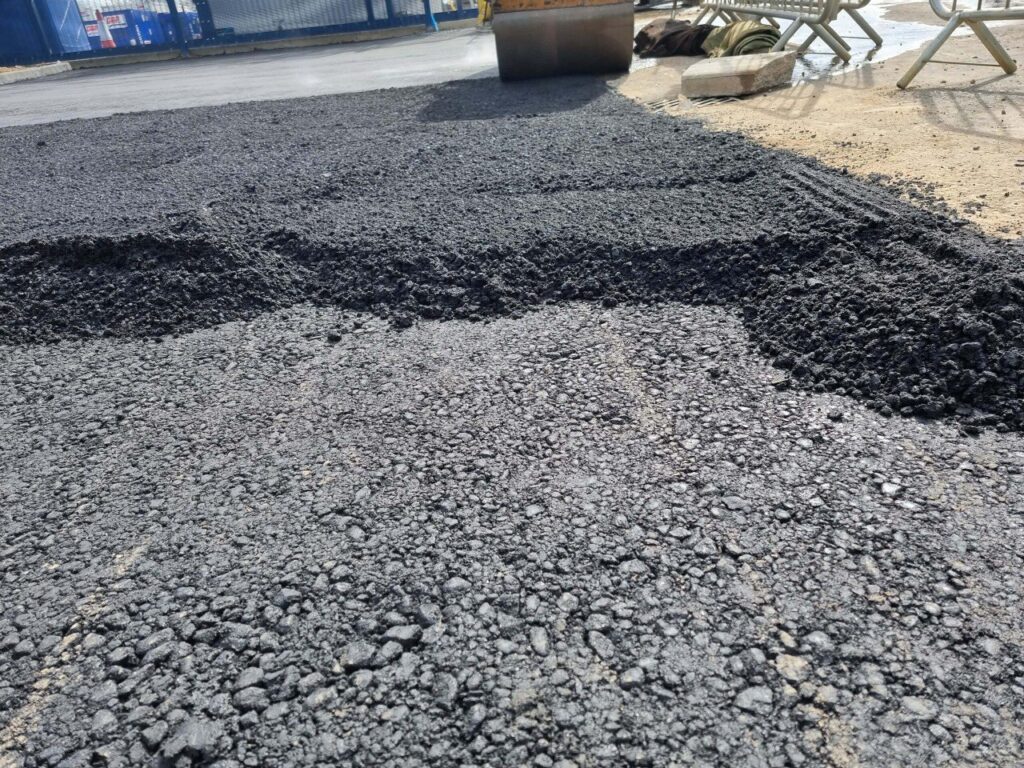Tarmac Roadway Design for Bicycles: Promoting Cycling Infrastructure
Introduction: As the world shifts towards more sustainable and eco-friendly modes of transportation, promoting cycling infrastructure becomes increasingly important. Tarmac, a widely used road construction material, can play a pivotal role in designing roadways that are safe and accessible for cyclists. In this blog post, we’ll explore the key considerations for tarmac roadway design that promotes cycling infrastructure and encourages the use of bicycles as a sustainable mode of transport.
Why Cycling Infrastructure Matters
Cycling offers numerous benefits, including reduced traffic congestion, improved air quality, enhanced physical fitness, and decreased carbon emissions. It’s essential to create a cycling-friendly environment through proper roadway design to encourage cycling. Here’s how tarmac roadways can contribute:
Safety: Properly designed tarmac roadways with dedicated cycling lanes or shared-use paths enhance the safety of cyclists, reducing the risk of accidents and collisions with motor vehicles.
Accessibility: Well-maintained tarmac surfaces make cycling more accessible to a broader range of people, including those with mobility challenges or disabilities.
Connectivity: A network of tarmac roads with cycling infrastructure connects neighbourhoods, schools, businesses, and recreational areas, making cycling a practical mode of transportation.
Sustainability: Promoting cycling as a mode of transport aligns with sustainability goals by reducing the reliance on fossil fuels and decreasing greenhouse gas emissions.
Key Considerations for Tarmac Roadway Design for Bicycles
Dedicated Cycling Lanes: Designating dedicated cycling lanes on tarmac roadways separates cyclists from motor vehicle traffic, providing a safer environment for cyclists and drivers.
Shared-Use Paths: Shared-use paths, often made of tarmac, are designed for cyclists and pedestrians. These paths should be wide enough to accommodate both user groups comfortably.
Smooth Surfaces: Tarmac roadways should have smooth surfaces to minimise discomfort and ensure the safety of cyclists. Potholes, cracks, and debris can pose hazards.
Appropriate Markings: Clear and visible road markings and signage are essential to indicate cycling lanes, shared paths, and potential hazards.
Intersection Safety: Properly designed intersections with designated bike boxes, signalisation, and turning lanes enhance the safety of cyclists at road crossings.
Maintenance: Regular maintenance of tarmac roadways is essential to keep cycling infrastructure in good condition, ensuring the safety and comfort of cyclists.
Promoting Cycling Awareness
In addition to tarmac roadway design, promoting cycling awareness among cyclists and motor vehicle drivers is crucial. Educational campaigns, public events, and community initiatives can raise awareness about the benefits of cycling and the importance of sharing the road safely.
Conclusion: Tarmac roadway design that promotes cycling infrastructure plays a pivotal role in encouraging sustainable transportation options and creating safer road environments for cyclists. At Rye Driveways & Surfacing, we recognise the importance of designing and constructing tarmac roadways that cater to the needs of cyclists, pedestrians, and motorists alike. By prioritising cycling infrastructure, we contribute to developing healthier, more sustainable, and cyclist-friendly communities.
Call us on: 01797 334 498
Click here to find out more about Rye Driveways & Surfacing
Click here to complete our contact form and see how we can help with your driveway needs.

